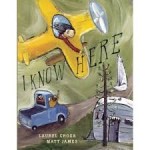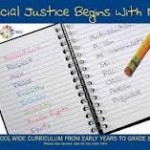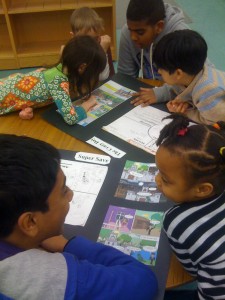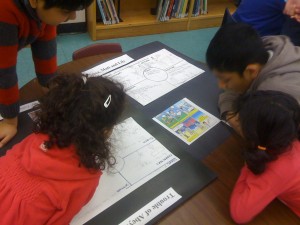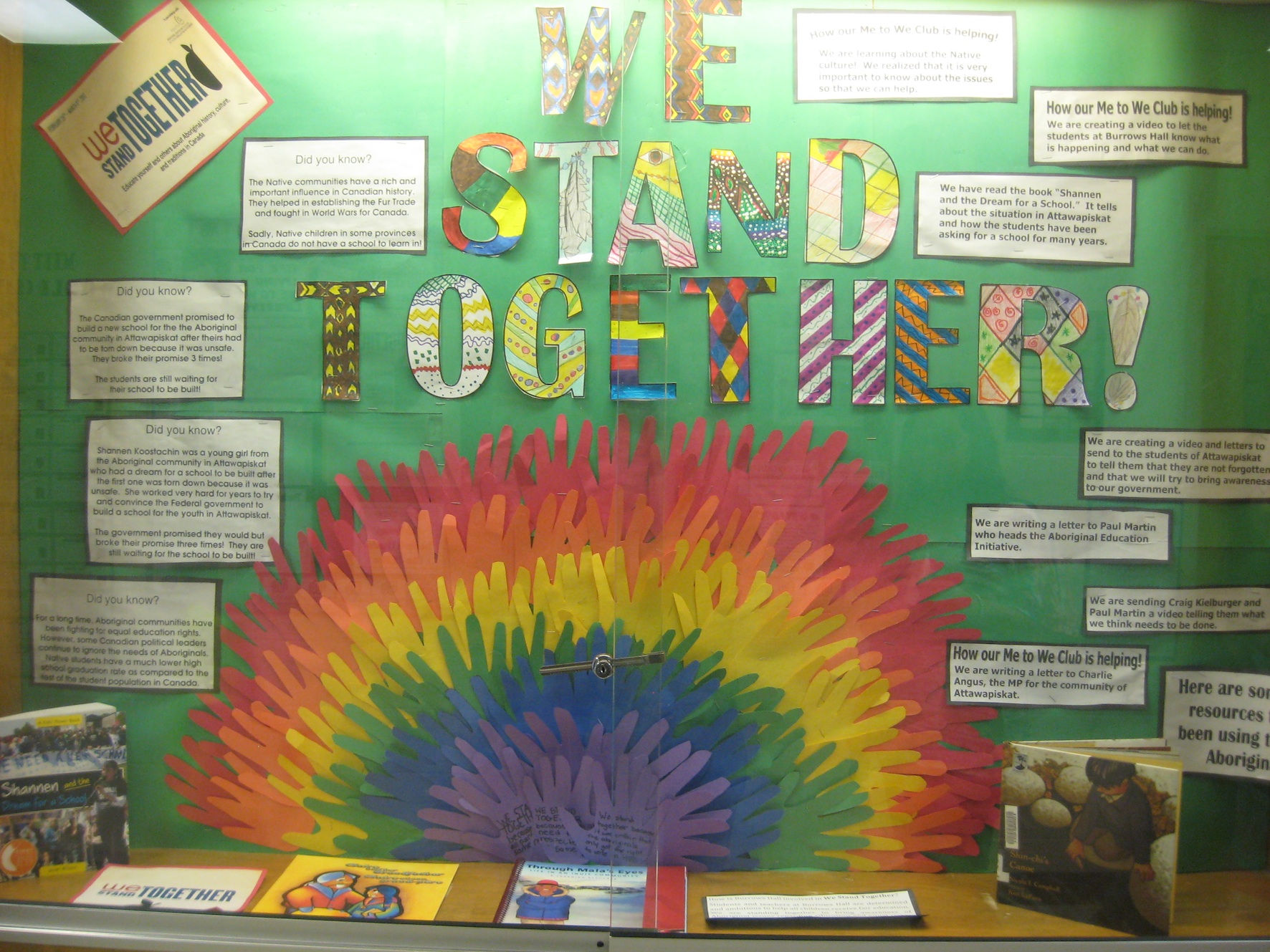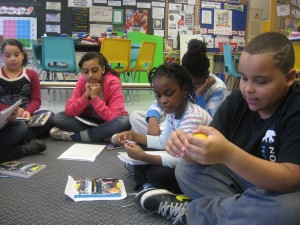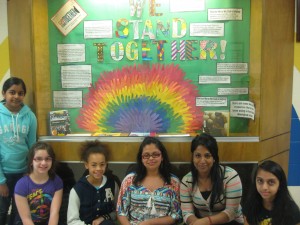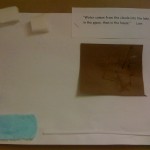 A new year is an opportunity for introducing new routines or learning opportunities. If your routines are already established and your planning is complete, you may just want to add a new “twist” to the assignments, addressing different learning styles and increasing student engagement.
A new year is an opportunity for introducing new routines or learning opportunities. If your routines are already established and your planning is complete, you may just want to add a new “twist” to the assignments, addressing different learning styles and increasing student engagement.
Depending on the age group that you teach, – receive infographics on a wide-range of topics at Daily Infographic, see http://dailyinfographic.com/. This is a great way to get comfortable with the use of infographics. View before sharing with students. Infographics (information graphics) are all around us in subway maps, advertisements, and historical representations. They provide students with an alternative way to read information as well as present information. An infographic is a graphic visual representation. Larger amounts of data or information are presented in a visually appealing way that the reader is able to easily retain. Infographics can include timelines, maps, charts, graphs, illustrations or photographs, making them a useful and beneficial resource for social studies, math, language, science and art.
Suggestions for introducing or integrating infographics:
– receive infographics on a wide-range of topics at Daily Infographic, see http://dailyinfographic.com/. This is a great way to get comfortable with the use of infographics. View before sharing with students.
– in Google search a selected topic and “infographic” to find a reputable author/creator of an infographic that connects to your lesson or subject. Preview the infographic. Provide it to your students to read individually or have them discuss in small groups.
– use infographics for specific knowledge-building. For example, if studying First Nations treaties with the Canadian Government, a government produced infographic is provided at: http://www.aadnc-aandc.gc.ca/eng/1380223988016/1380224163492. This infographic provides factual information in an interesting format for students that is easy to understand.
– after using infographics and understanding the components that make them effective, have students create their own infographics. It could be their own life story, their community or outer space. It could replace the pamphlet idea for presenting information on another city, country, or issue.
– create a campaign against bullying (or address various social issues) using student created infographics modelled on a reputable resource such as the infographic at Stop Bullying Gov, see http://www.stopbullying.gov/image-gallery/what-you-need-to-know-infographic.html.
– students can design their own infographic with pencil or paper, or electronically with tools such as Infogr.am or Piktochart.
Enjoy introducing something new to your students for the New Year!

